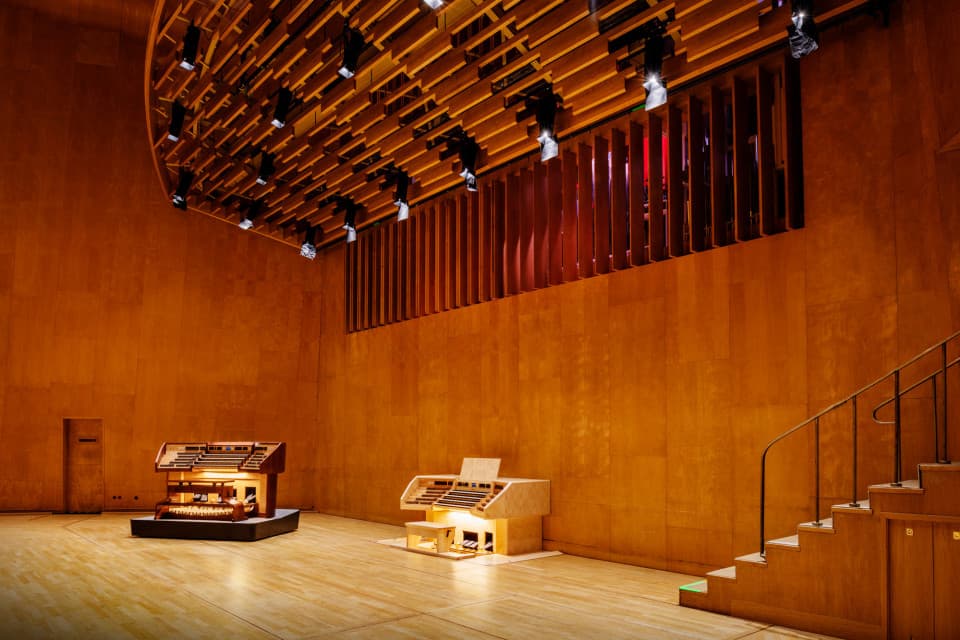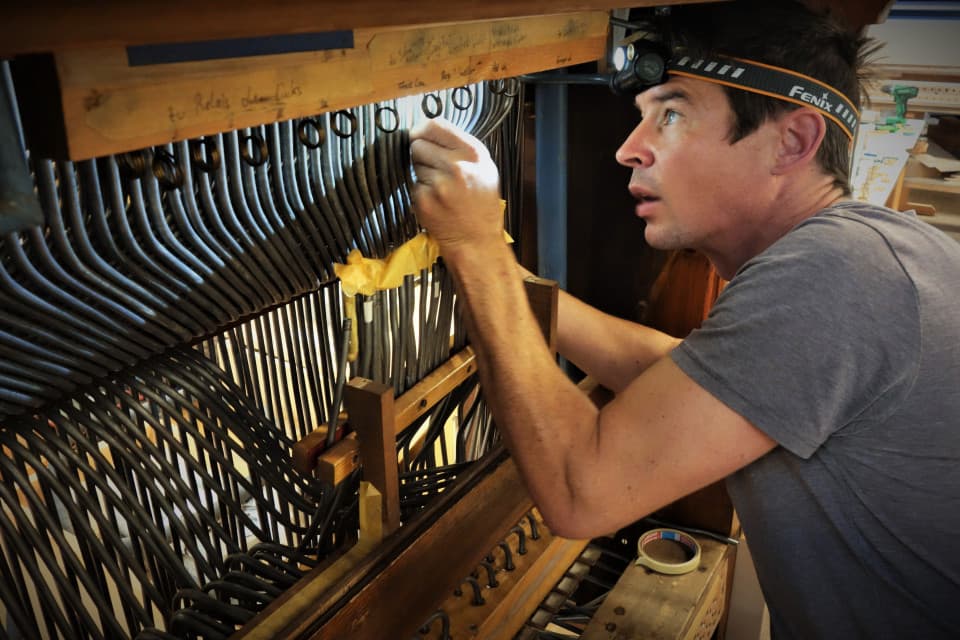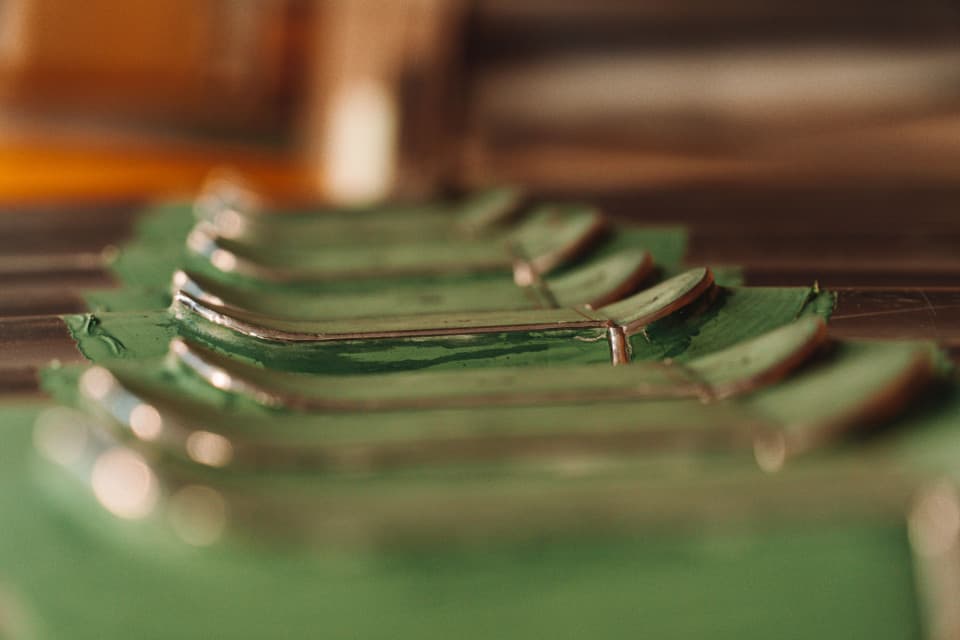Groundbreaking
In the effort to design every new instrument individually for its particular spatial situation, innovative solutions are created in dialogue with organists, which often seem so successful to us that we use them regularly thereafter

Innovations are an alliance with the future.
Hans-Jürgen Quadbeck-Seeger
Setting standards
Since the Rieger company was founded, the list of innovations reads very impressively, be it the first ‘star’ combination systems in the fifties, or currently, ergonomically adjustable consoles, the variable wind pressure system, the Rieger combination system, proportional key and stop actions or the integrative combination and Rieger Electronic Assistant (REA) control system.
Many Rieger innovations are now standard in modern organ building.
Consoles
Our consoles combine individual designs that meet high aesthetic requirements with modern ergonomic functionality. We usually build mobile electric consoles that are ergonomically individually adjustable in terms of keyboard height and the lateral positions and degree of insertion of their pedalboards. Since we manufacture all components in-house, from the console case to the manual and pedal keys, we can respond directly to the spatial conditions, fulfil special requests and design every detail as desired. This creates unique works of art with a high recognition value.
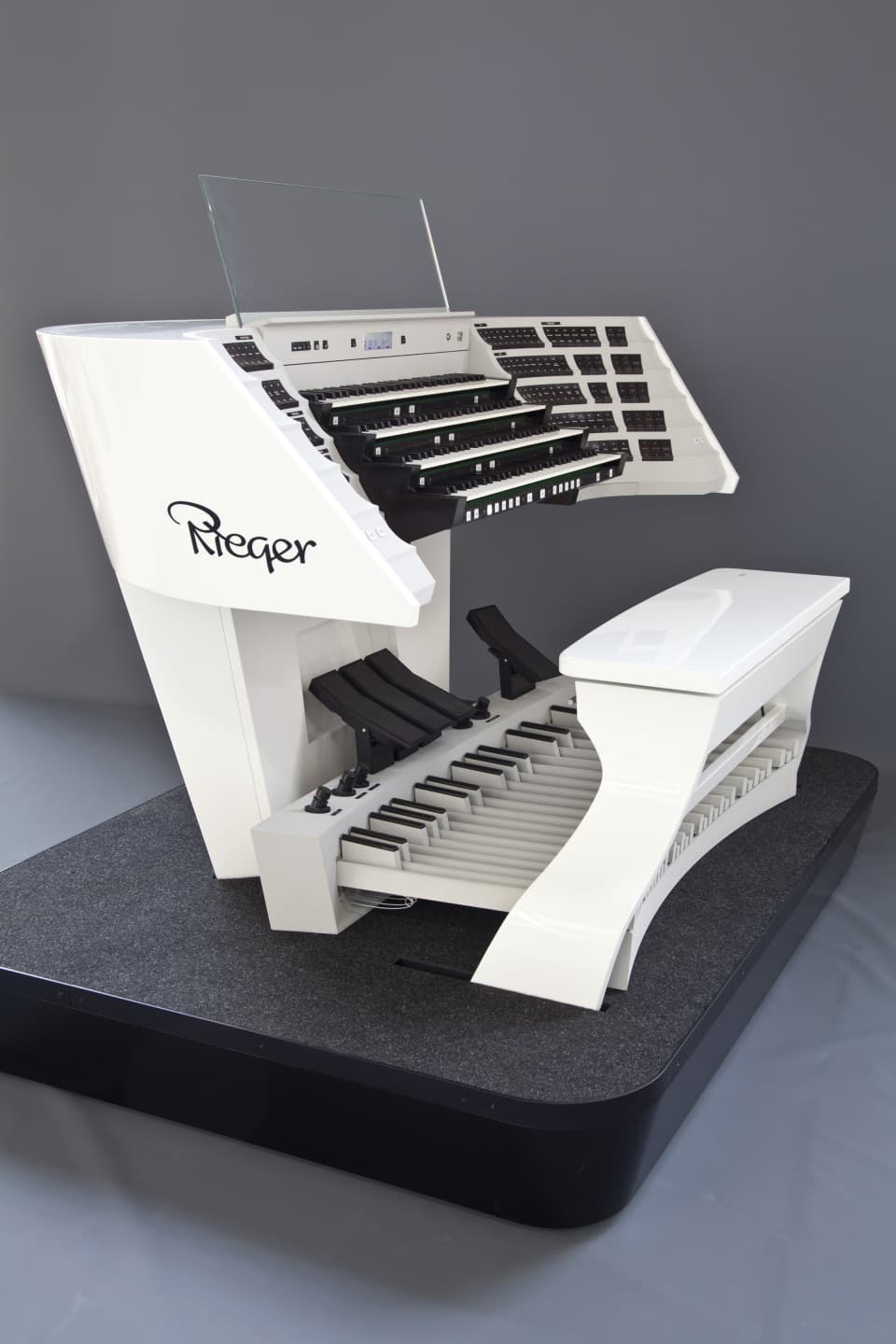
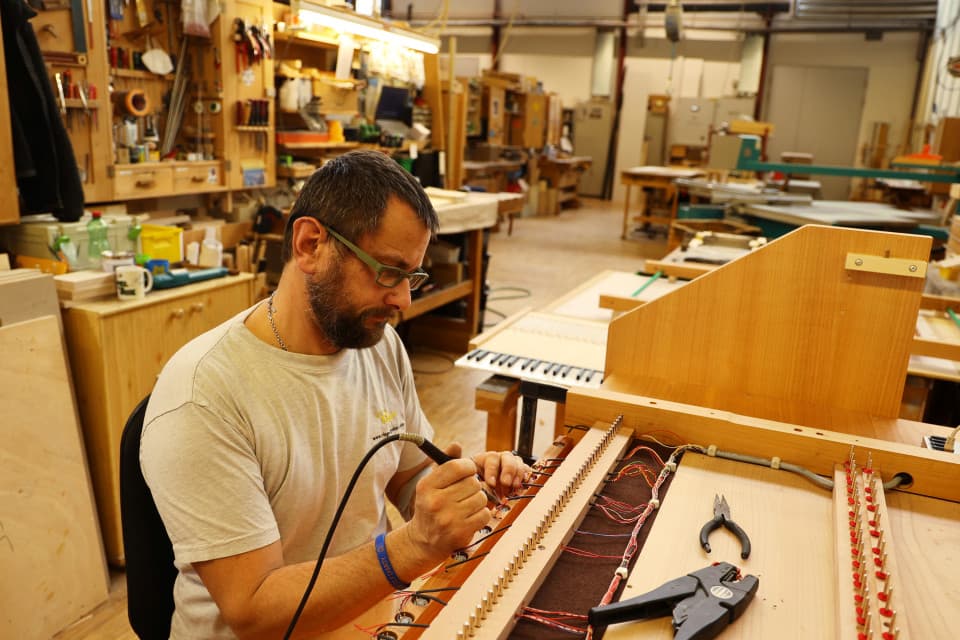
An individual console is the respective organ’s business card.

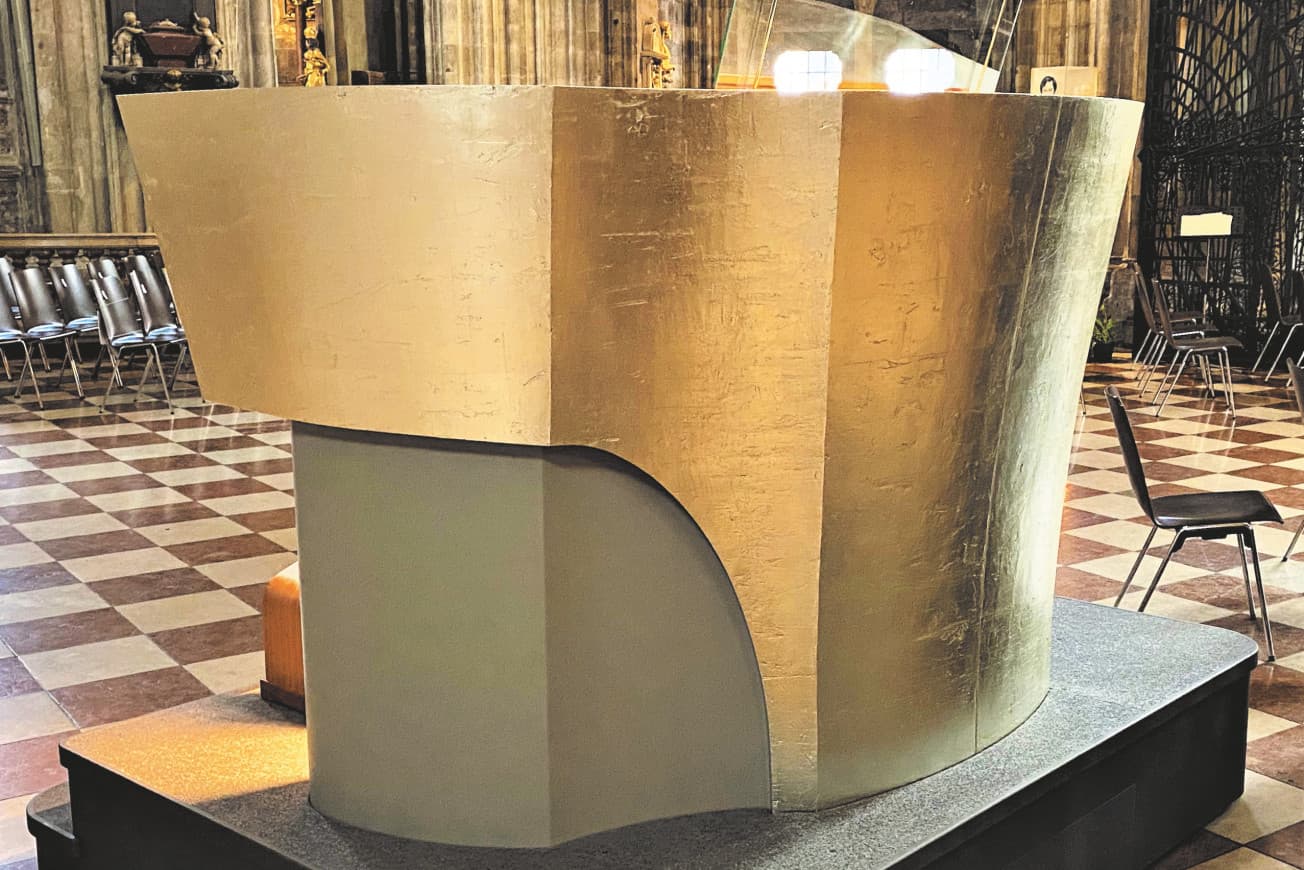
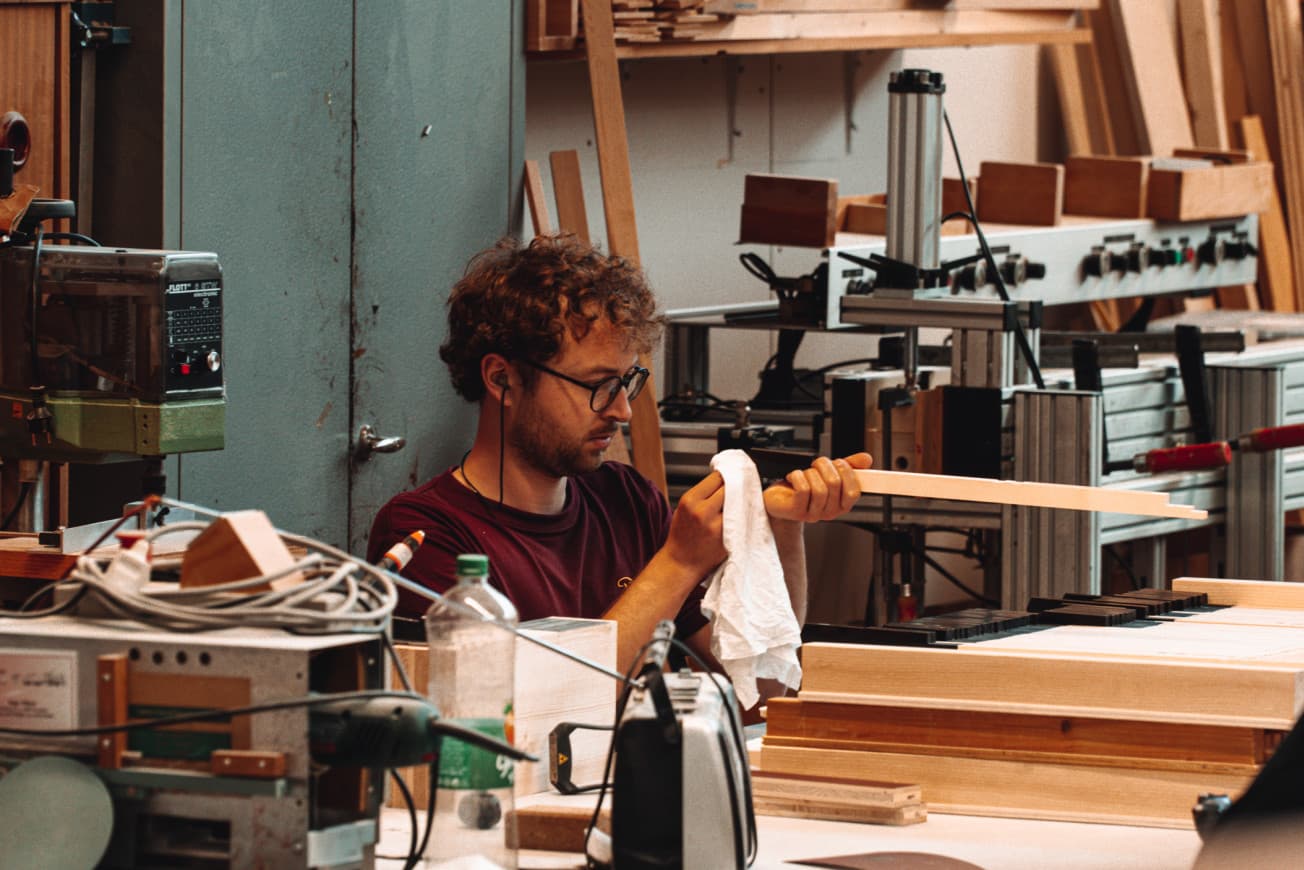

Variable wind pressure
New compositions for the organ, in particular, require very special tonal effects that are achieved by increasing or decreasing the wind pressure. Rieger makes this possible with a special wind pressure adjustment mechanism, which in extreme cases can reduce the pressure to zero and which elicits new overtone-like sounds from pipes that have been voiced on specific, rigid pressures.
Remote maintenance
Our Rieger Electronic Assistant, the integrated REA system, enables an organ to be monitored and maintained by our electronics team regardless of location. If the organ location has internet access, our employees can log-in from the company’s location in Schwarzach, Vorarlberg, and analyse and correct possible errors or carry out updates via remote maintenance.

Proportional key and stop actions
Precision and quality are non-negotiable – also when it comes to the organist’s musical articulation. With an electric action mechanism with an “on/off point” for sound generation, this requirement was previously only possible to a limited extent. However, with the new proportional Rieger key action, the differentiated opening and closing of the pallets can be achieved just as precisely as with a mechanical organ. Regardless of whether one is playing pizzicato or molto legato, the pallets reflect one’s finger movements exactly.
The proportional Rieger stop action also enables every conceivable slider position to be selected besides “On/Off”, and these can be saved in the memory system. This opens up a wide range of options for creating sounds, particularly for compositions of new music.
Audience position
Our latest developments within the Rieger Electronic Assistant (REA) include the acoustical interaction of several organs in a large venue. All the instruments can be aligned to a predefined location of the audience in the venue, without any delay in their sound. This results in the audience perceiving all the organs in the venue absolutely simultaneously, even if they are far apart. Exactly how this works remains a bit of a secret ...
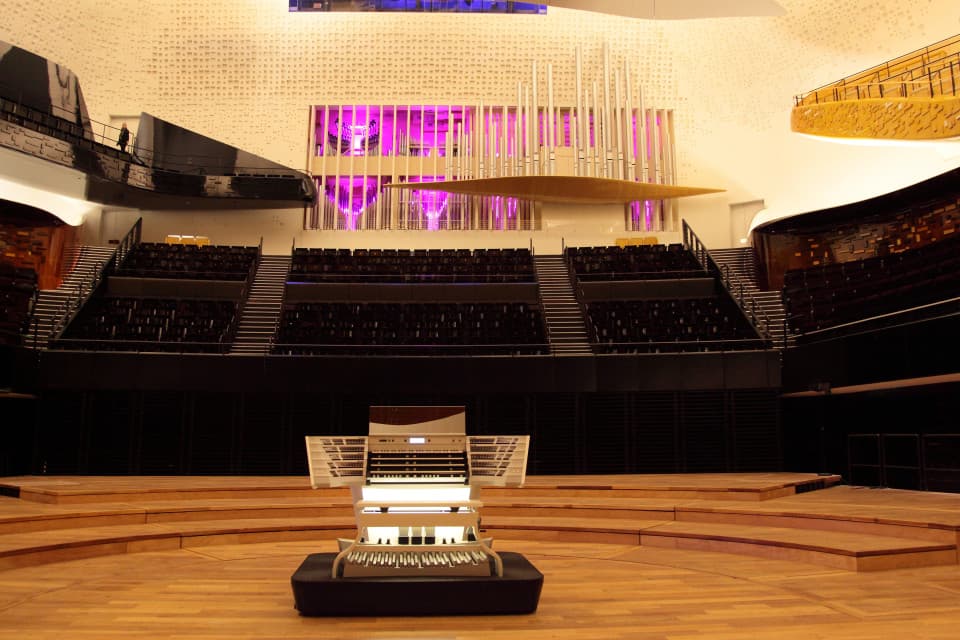
We have developed the sound of the organ down to the last T.
